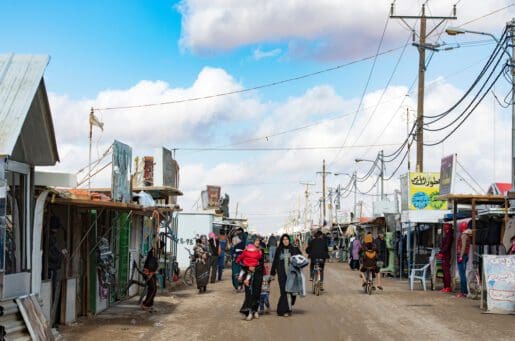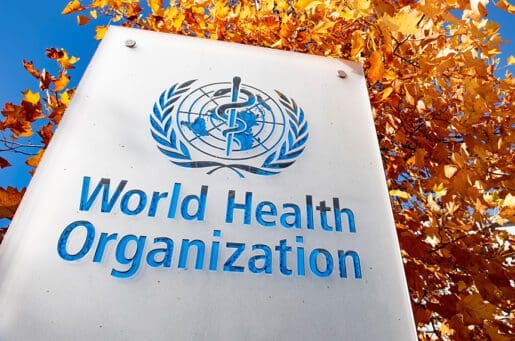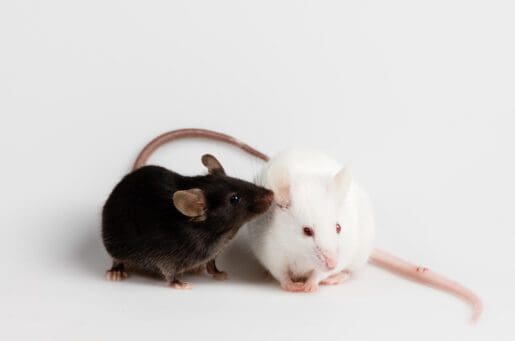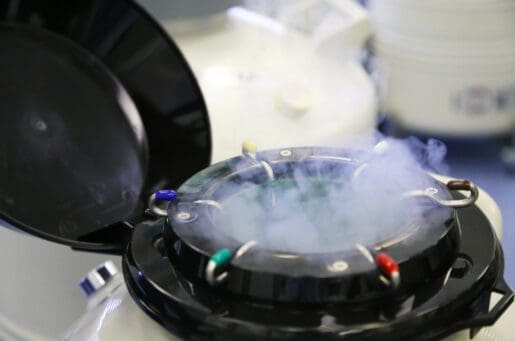Bioethics Forum Essay
Learning to Talk Like a Doctor
In many ways, my first year of medical school has felt like another immersion program in which learning to speak a new language allows me to navigate a new world. My notes from any given day of school have dozens of new terms. Multiplied over the course of the school year, we have learned literally thousands of new words. There are body parts, symptoms, conditions, bacteria, drugs, and molecules to be learned: flexor carpi ulnaris, dysphagia, glomerulonephritis, pseudomonas aeruginosa, methotrexate, phospholamban. These new words allow my classmates and me entry into the previously cordoned off world of doctors.
While my medical immersion program has been similar to my Spanish immersion program in many ways, it’s also different in a key aspect. While learning Spanish made it easier to communicate with people I went to Spain to meet – my host family, the little girl at the music school where I played piano, fellow travelers in a youth hostel – I’m not entirely sure that this new medical language will help me communicate with the people I came to medical school to learn to care for – patients. Surely it helps us communicate effectively with other medical students and doctors, but that is not the end goal of medicine. Our medical language is not a language that promotes human connection, or even common understanding with our patients.
While some medical terms defy simple explanations, we often learn words derived from Latin and Greek for things that could be understood with commonly used English words: emesis for vomiting, tachypnea for increased frequency of breaths, hematopoiesis for production of blood cells. As I learn this new language, I try to remind myself that in order to connect with patients, I’ll need to translate these technical words back into the language I spoke before I decided to become a doctor.
Yet just like my time in Spain, this medical immersion program is not just linguistic but also cultural. In the midst of learning thousands of new medical terms, we are also learning particular ways of talking about other people’s lives, bodies, and experiences. Thus, this new language shapes not only how our future patients will understand us, but how we will come to understand them.
In their 1994 article on the so-called hidden curriculum in medical education, Frederic Hafferty and Ronald Franks wrote that “medical education does not take place in a cultural vacuum, within a value-neutral environment or in a place in which medical morality simply replicates lay values. Medical training is not just learning about becoming a physician, it involves learning how to ‘cease’ to be a layperson.”
This ceasing to be a layperson has been most evident to me through these changes in language. A subtle example is how we use the word “patient.” When I began medical school, I identified much more strongly with patients than doctors. Thus I found it jarring when learning about a certain body part or disease our professors would talk about it “in patients.” Don’t we all have lungs? Couldn’t any one of us develop hypertension? Yet we often speak of “patients’ lungs” or “patients with hypertension” as if we, by becoming doctors, are somehow different from them.
At the same time, while I can identify with the experience of being a patient, I have never identifiedasa patient. I never thought of myself as a pneumonia patient or a repetitive stress injury patient, even though I have been both. The same is often true of people with more serious illnesses. In the 1980s, some AIDS activists living with the disease began actively identifying themselves as “people living with AIDS” and rejected the term “AIDS patients.” While “people living with AIDS” implied an identity separate from disease and continued perseverance to live, “AIDS patients” implied helplessness and inevitable death.
It may seem completely medically appropriate to speak of “diabetic patients” or “heart failure patients.” And in the midst of learning so many new medical terms, these ways of talking about the people we will someday care for may go unnoticed. But when I think about what I know about how people experience illness, and the importance of doctors seeing patients as whole people, I see no meaningful drawback to saying “people with diabetes” or “individuals with heart failure” instead.
This is just one example of the new words and phrases we learn in this language immersion program. There are many others for which the social stakes are similarly high, like normal and abnormal, sex and gender, compliance and adherence. Just as we require precision when describing anatomical structures, we – especially those of us learning to be doctors – ought to think very carefully about the words we use to describe patients.
During one of our recent lectures, a professor was discussing a medical therapy that did not cure his patient. “The patient failed the therapy,” he explained. Then he stopped himself and said, “No, the therapy failed the patient.” Just this simple change in word order conveyed a completely different understanding of how doctors ought to orient themselves toward their patients. And it reminded me that as I struggle in the coming years to diagnose and treat, I should strive to ensure my language doesn’t fail my patients, too.
Colleen Farrell, a former research assistant at The Hastings Center, is a student at Harvard Medical School.
Posted by Susan Gilbert at 05/13/2013 10:46:53 AM |











